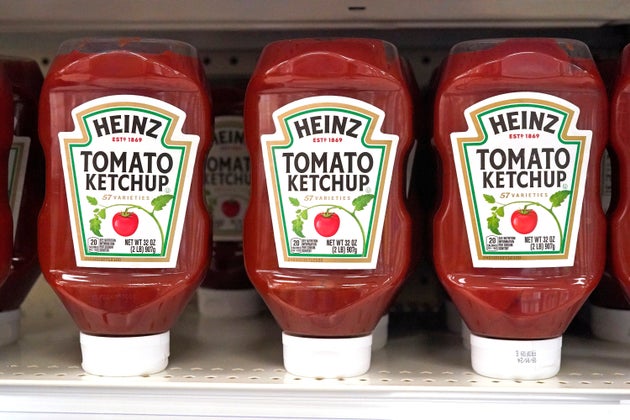Many of us know that catsup, which is the same thing as ketchup, is sometimes used in place of the more conventional term.
Merriam-Webster describes it as a “less-common spelling of ketchup”; Britannica’s online encyclopedia says “the word likely derives from the Chinese ke-tsiap, a fish brine, probably by way of the Malaysian ketjap.”
It turns out that Heinz’s iconic ketchup originally went by “Catsup” in its 1876 launch (the sauce is really old).
But how long was it called that and why did it change?
It’s marketing, baby
According to Heinz’s site, their early Catsup product was first launched in the US.
Henry Heinz, the company’s founder who had previously sold horseradish in a clear glass to show off its quality, “soon took ‘Catsup’ international, selling his first product to Fortnum & Mason in London.”
Speaking to Slate, a Heinz spokesperson said Henry “changed the spelling early on to distinguish it from competitors.” They didn’t mention when exactly the change happened.
Slate says “Eventually, the spelling chosen by Heinz came to dominate, probably because Heinz itself dominated the market.”
The marketing flourish makes sense. After all, the horseradish packaging we mentioned above was novel at the time ― most of Henry’s competitors used dark brown glass that obscured the product.
Even the brand’s instantly recognisable “57” number was inspired by Henry’s seeing a shoe company ad which advertised 21 styles of shoe.
57 doesn’t seem to be especially meaningful or relevant to the product, though Henry claimed five was his lucky number while seven was his wife’s.
Ketchup isn’t always the red sauce we know today
Though most of us know ketchup as the tomato sauce we dip our chips into, that’s not the only form of the food.
Britannica says ketchup used to mean “a puree based on mushrooms, unripe walnuts, or oysters” that was primarily used in cooking in the US.
Mushroom ketchup is having a bit of a revival in the UK, though I’ve yet to try any.
“Heinz advertises its product as “Heinz Tomato Ketchup” probably because tomatoes weren’t added to ketchup recipes until the 19th century,” Slate says.
That Henry fella has had way more sway than I’d realise






